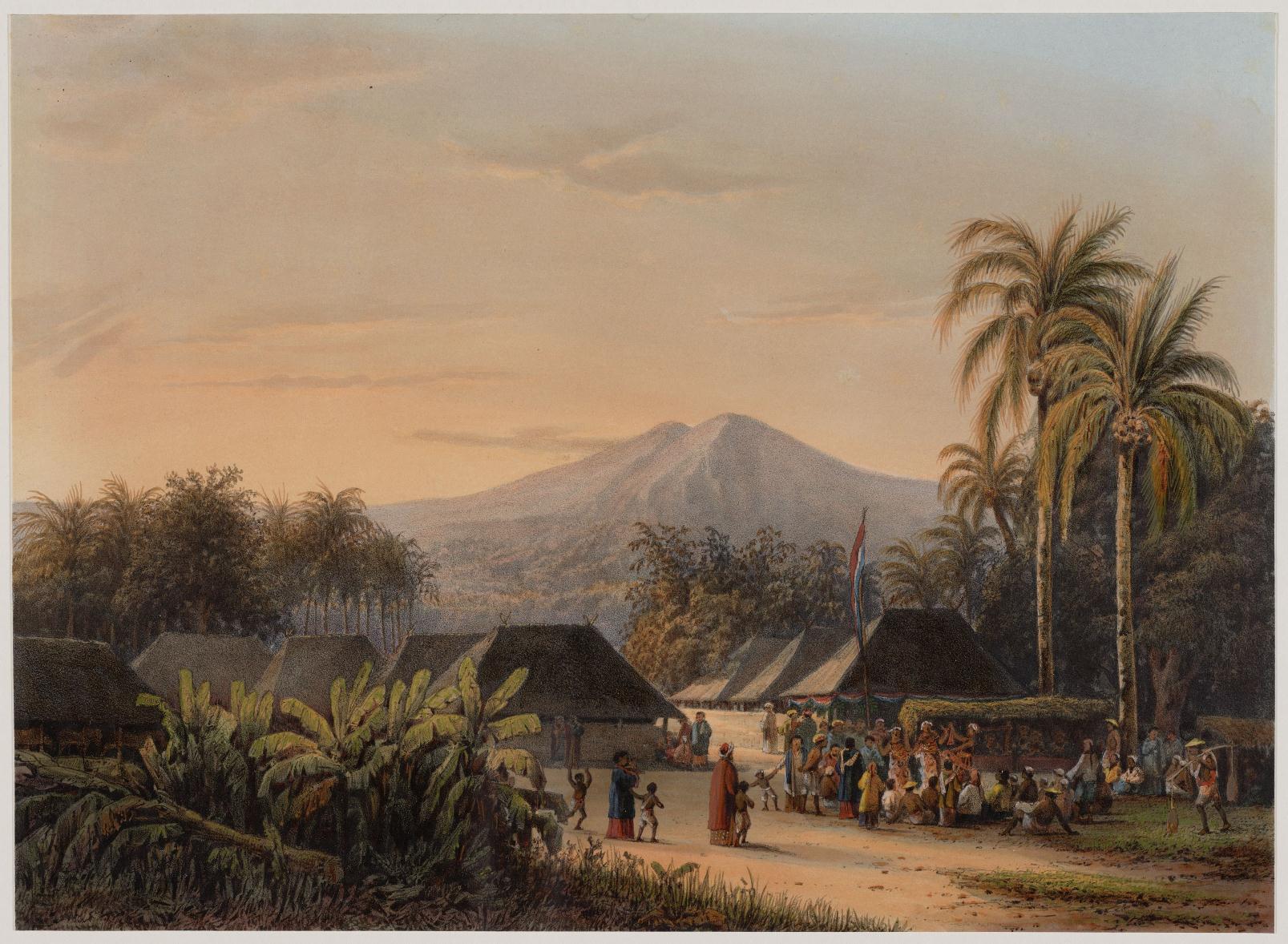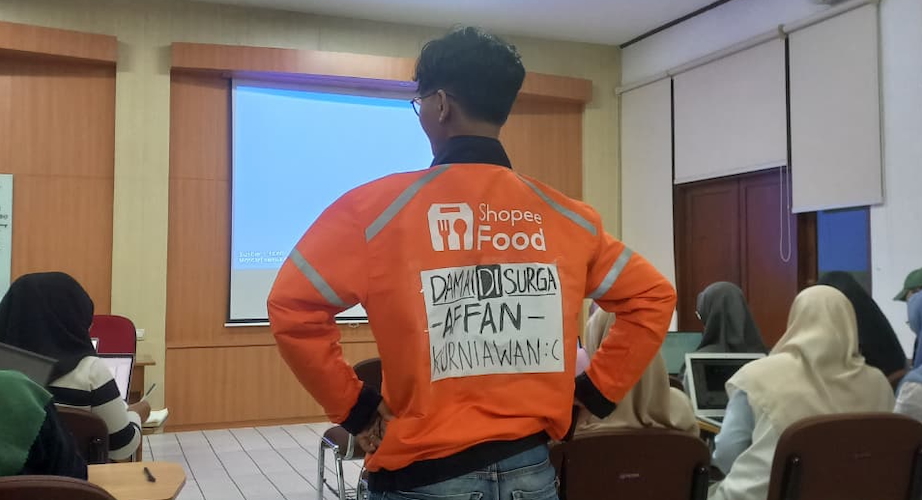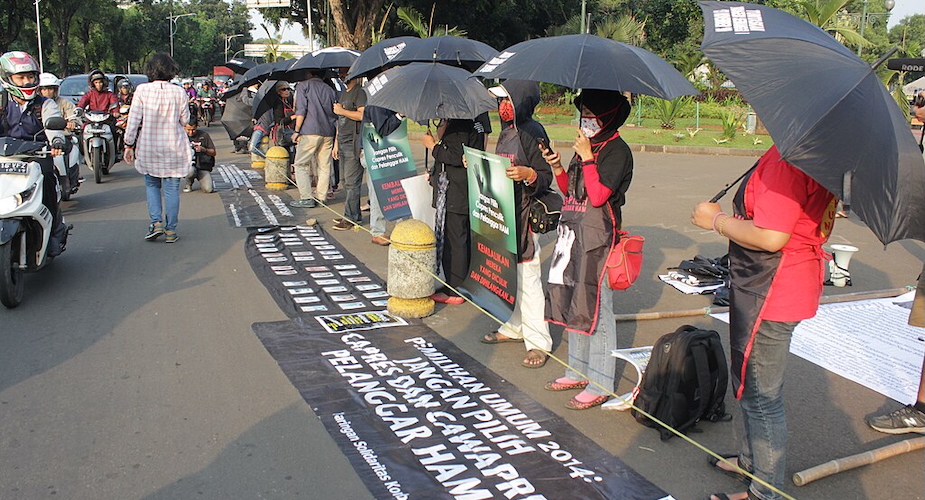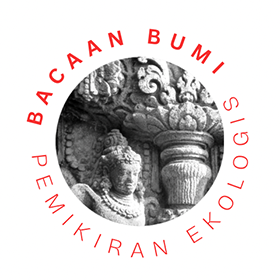Indonesia’s Village Law fails to provide village communities with control over their elites
Ben White
Like many others, I expected that Indonesia’s new Village Law would finally establish principles of local participatory democracy in Indonesia’s 73,000 villages. But when it appeared, I first thought I had downloaded the wrong law and was reading something from the Suharto period. The new law is full of references to ‘participation’ and ‘democracy’, but if we look beyond the rhetoric, it takes us no further towards village democracy than previous laws, and possibly even represents a step backward. Guided by a persistent yet harmful myth of villages as islands of harmony and cooperation, the law includes no provisions to protect ordinary villagers against the misbehaviour of their elites.
The Law expresses a vision of village Indonesia that is not too dissimilar to Suharto’s New Order propaganda, but has its origins in the colonial period. In this vision Indonesia’s villages are idylls of tranquility, consisting of a homogeneous and classless ‘peasantry’ practicing ‘subsistence farming’ while being insulated from the cash economy. These villagers work together without conflict, guided by shared values of gotong royong (working together), kekeluargaan (family spirit) and rukun (harmony). Such a romantic vision of rural Indonesia remains dominant among many policy makers, academics and urban elites, although there has always been a counter-current of scholarship, by both Indonesian and foreign researchers, underlining the importance of social and political divisions, hierarchies and tensions within village communities.
Social divisions
Social science research has regularly shown that Indonesian village society has long been based on sharp and institutionalized differences between social groups, based primarily on control over land. Besides landholdings, other bases of hierarchy and power may also be important, such as the distinctions between ‘original’ villagers and ‘newcomers’ (or their descendants), or caste-like differences between free peasants and the descendants of slaves. For the larger landowners, whether local or absentee, land is a source of rent and of speculation. They themselves pursue various high-return non-farm activities, while often occupying positions in village government.
Anyone who has been involved in village-level research in recent years cannot fail to have noticed the accumulation of economic, social and political power in the hands of a small village elite. This elite dominates the village economy and occupies leadership positions in village government while having privileged access to external sources of wealth, power and opportunity. While relations of reciprocity may be important in social and ceremonial life, they are now very rare in agriculture, and communal activities – true gotong royong – are less prominent except in situations of emergency or disaster.
Such social divisions generate tensions, between village elites and commoners, between old and young, and between male and female. For example, in regions where land-use rights are allocated by customary leaders (nearly always elderly men) they rarely provide for the needs and rights of either women or young people who may need land as the basis for a livelihood. In the current era of corporate land grabbing, adat (customary) leaders have often enriched themselves and their cronies by facilitating land deals with outsiders which may erode or completely destroy smallholder customary rights. As one Indonesian speaker remarked at an international conference in Bali some years ago: ‘What Indonesia’s indigenous people need most of all today, is liberation from their own elites’.
In short, given these social divisions and the possibility of misuse of power, workable checks and balances need to be built into the governance structure of rural communities. Without such accountability measures, village elites cannot be relied upon to promote the interests and empowerment of ordinary members of their community.
A step backwards
So the question is: what kind of village governance does the new Law establish? Does this include any significant checks and balances to address the overwhelming power of village heads and village elites?
If we go beyond the rhetoric to explore the Law’s concrete provisions, we will find many undemocratic features. One such feature relates to village head elections (Article 34). We know from various studies that village heads get elected by spending hundreds of millions, sometimes billions, of rupiah on their election campaigns. Village heads are therefore, ipso facto, members of the village’s economic elite. The village head then appoints all other village officials, after consultation with the sub-district head but without any requirement for consultation with the village community (Article 49).
The village’s only potential watchdog body, the Badan Permusyawaratan Desa (Village Consultative Board, BPD) is composed of ‘elements of the community, including adat leaders, religious leaders, community leaders, education leaders, representatives of farmer groups, fishermen’s groups, craftspeople’s groups, women’s groups, and poor people’s groups’ and also locality-based representatives (Articles 54 and 56). They should be democratically appointed, but this process can be bypassed if the village head plays his or her cards right. The village head appoints a panitia (committee) composed of village officials and other ‘elements in society’. This panitia then undertakes the screening and selection of possible candidates for a seat in the BPD. In doing so, the panitia members, working in cahoots with the village head who appointed them, could opt to select only one candidate for each vacant place, leaving the electors with no choice (Regulation 43, Articles 72 and 73).
In any case, the BPD’s watchdog function over the village head and other officials is very limited, as it has the right only to request information and to give an opinion (Article 61). This is a step back from Regulation No. 72/2005, which gave the BPD authority to recommend both the appointment and the termination of the appointment of the village head.
The Musyawarah Desa (Village General Assembly) is supposed to meet at least once a year to discuss matters of village government, planning, finance and development, but is not given any authority except the power (or obligation) to discuss and approve the plans and proposals of the village head. These meetings are organised by the BPD and are attended by members of the village government, the BPD, and the above-mentioned ‘elements of society. Neither the Law nor Regulation 43 make any provision for ordinary people to attend and speak at the Assembly as individual citizens, only as leaders of larger groups.
In short, the village head occupies a position of enormous power. He or she will be surrounded by officials of their own choice and a watchdog body composed largely of local elites that, in any case, has the power only to request information and to give advice. Meanwhile, ordinary villagers have very few rights and many obligations. They have the right ‘to request and obtain information, to avail themselves of services equally and justly, and to communicate their aspirations’ through the mechanisms of the BPD and Musyawarah Desa. At the same time they have the obligation to ‘develop themselves and preserve the village environment; to promote good village government, good implementation of village development; (…) promote a situation of security, comfort and calm in the village; and to preserve and develop the values of deliberation and consensus, the family spirit, and the spirit of gotong royong’ (Article 68).
These village development activities in which they participate are to foster and promote kebersamaan (‘togetherness’), kekeluargaan and kegotongroyongan (Article 78). Village-owned enterprises (BUM) are to be managed in the same spirit of kekeluargaan and kegotongroyongan (Article 87). ‘Kegotongroyongan’ appears seven times in the law and defined as ‘the custom of helping each other to develop the village’. ‘Kekeluargaan’ is defined as ‘the custom of village community members [to see themselves or to behave] as part of the large family unit [that is] the village community’, and ‘kebersamaan’ as ‘the spirit of active participation and cooperation on principles of mutual respect between village institutions and elements of society in village development’.
A paternalist dream
These provisions of the Village Law convey a vision of a harmonious community where any institutional safeguards or popular control over its elites would be superfluous. The village community is seen literally as one big family, where everybody is busy helping each other to develop the village.
Culminating from a long succession of laws and regulations on village organisation in 1979, 1999, 2005 and 2014, the Village Law seems to institutionalise a model of village society that would have gladdened the heart of early Indonesian nationalists on the right of the political spectrum, 70 years ago: a tranquil paradise in which a ruler rules over contented and obedient peasants who know their place.
This raises questions about whether and how ordinary citizens and particularly those on the wrong side of divides of class, gender and generation will get their needs and aspirations on the agenda of village government. If the new Village Law does not provide ordinary villagers with sufficient control over the behaviour or misbehaviour of their own elites, it has left Indonesia’s villages still in need of democratisation after almost two decades of reformasi.
Ben White (white@iss.nl) is emeritus professor of Rural Sociology at the International Institute of Social Studies, The Hague. He has been involved in research on rural Indonesia since the early 1970s, especially on changes in land tenure, agrarian relations and employment and the anthropology and history of childhood and youth.












